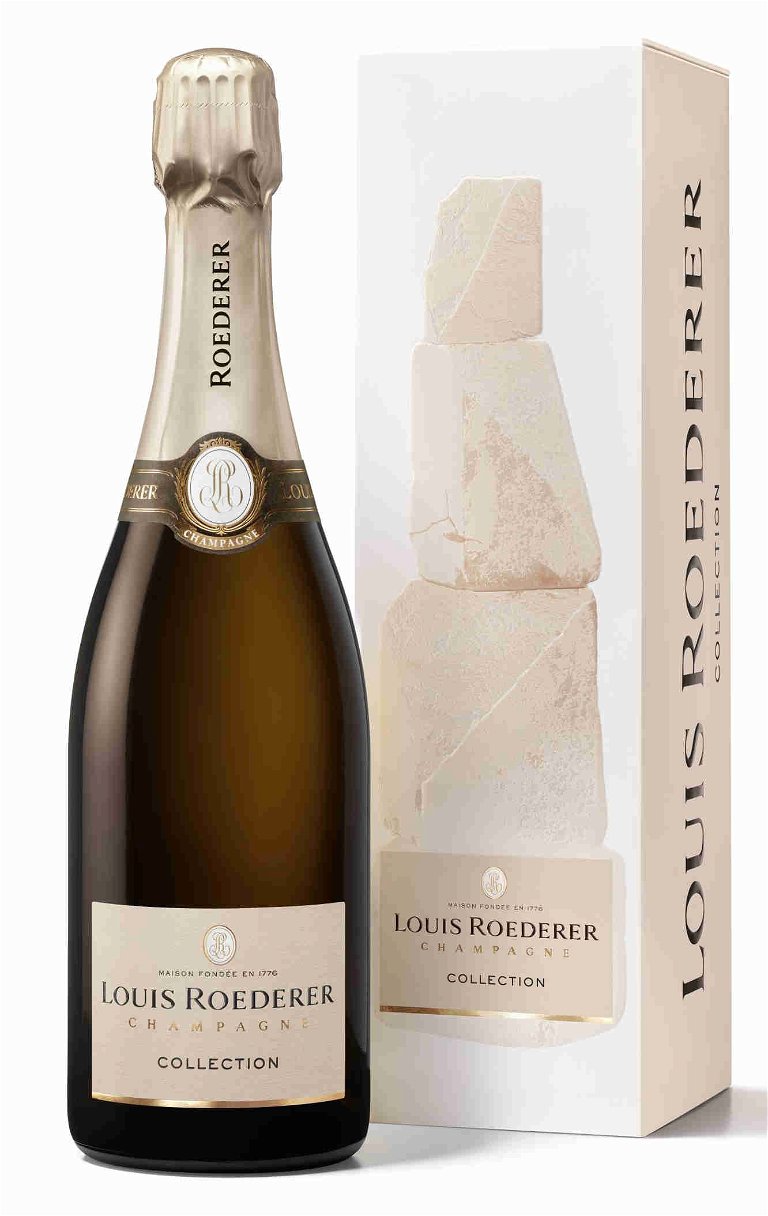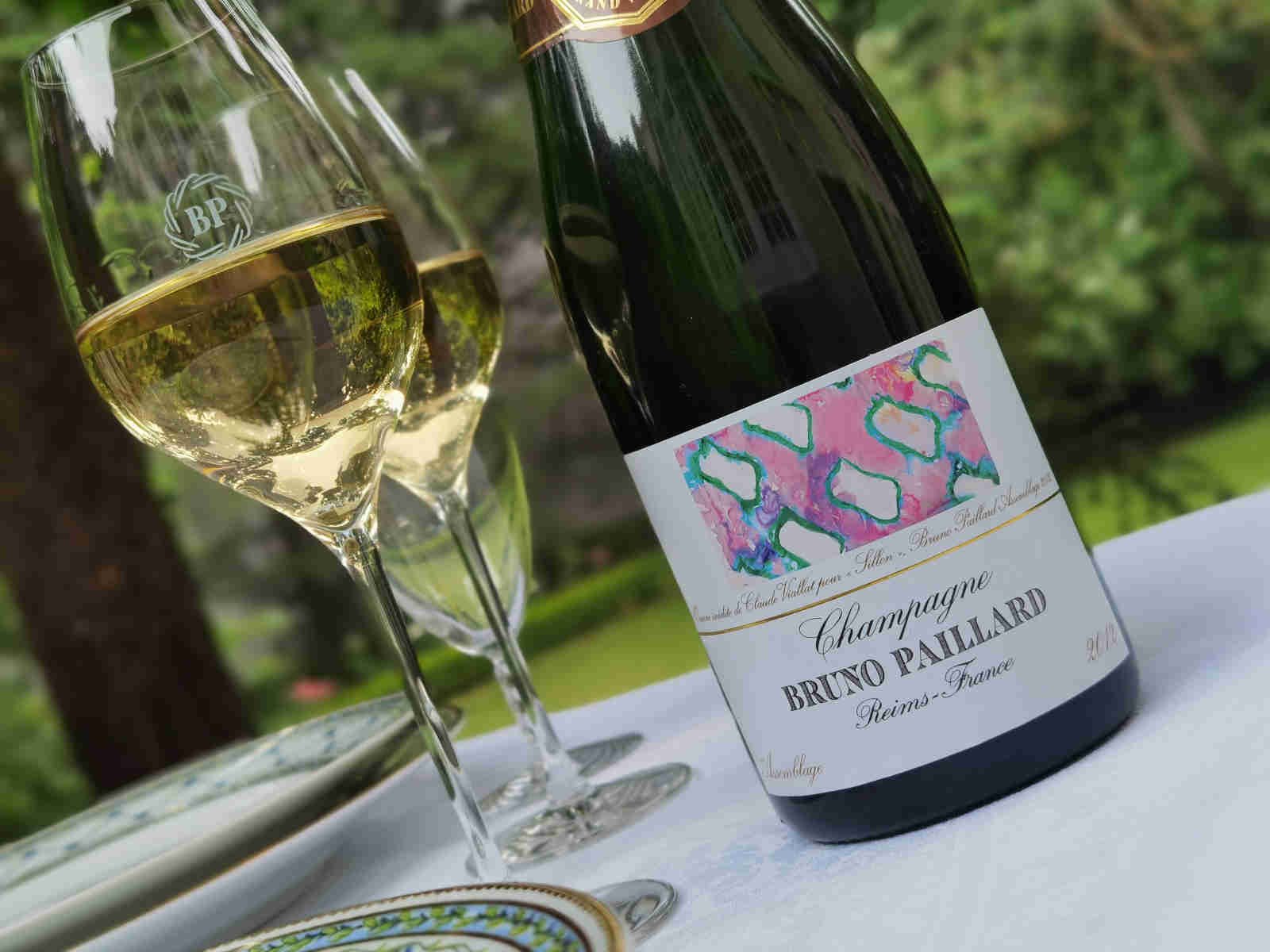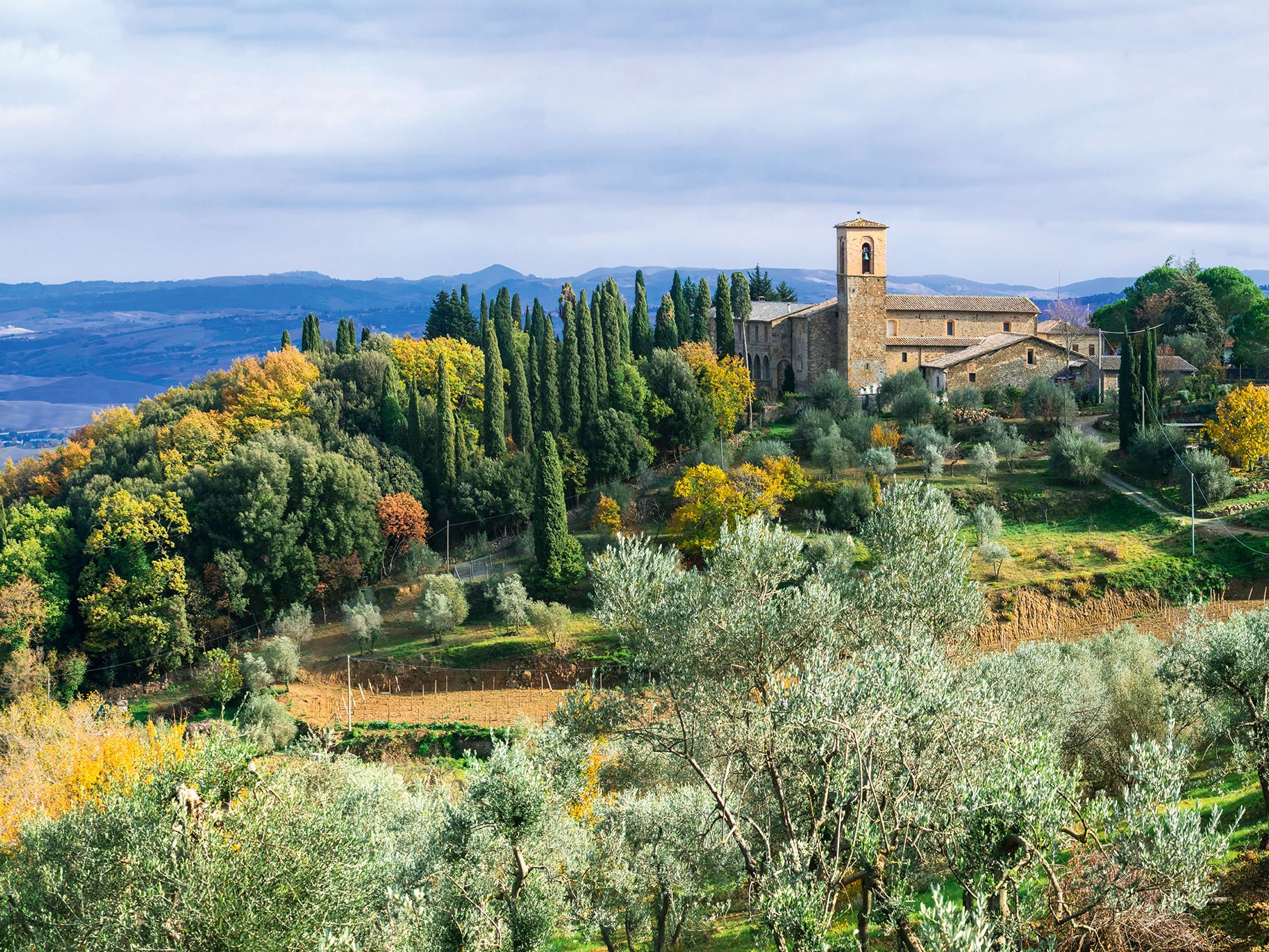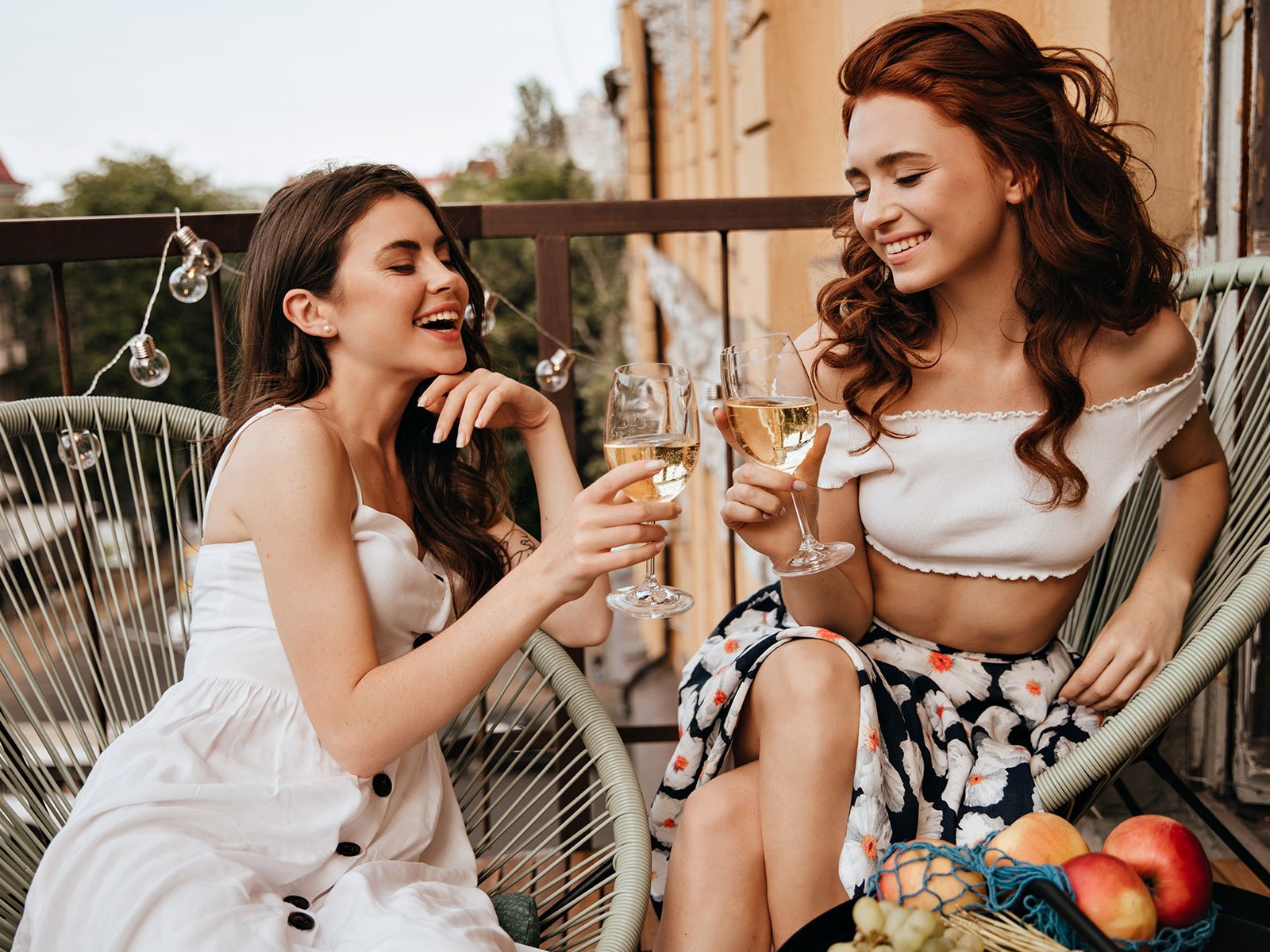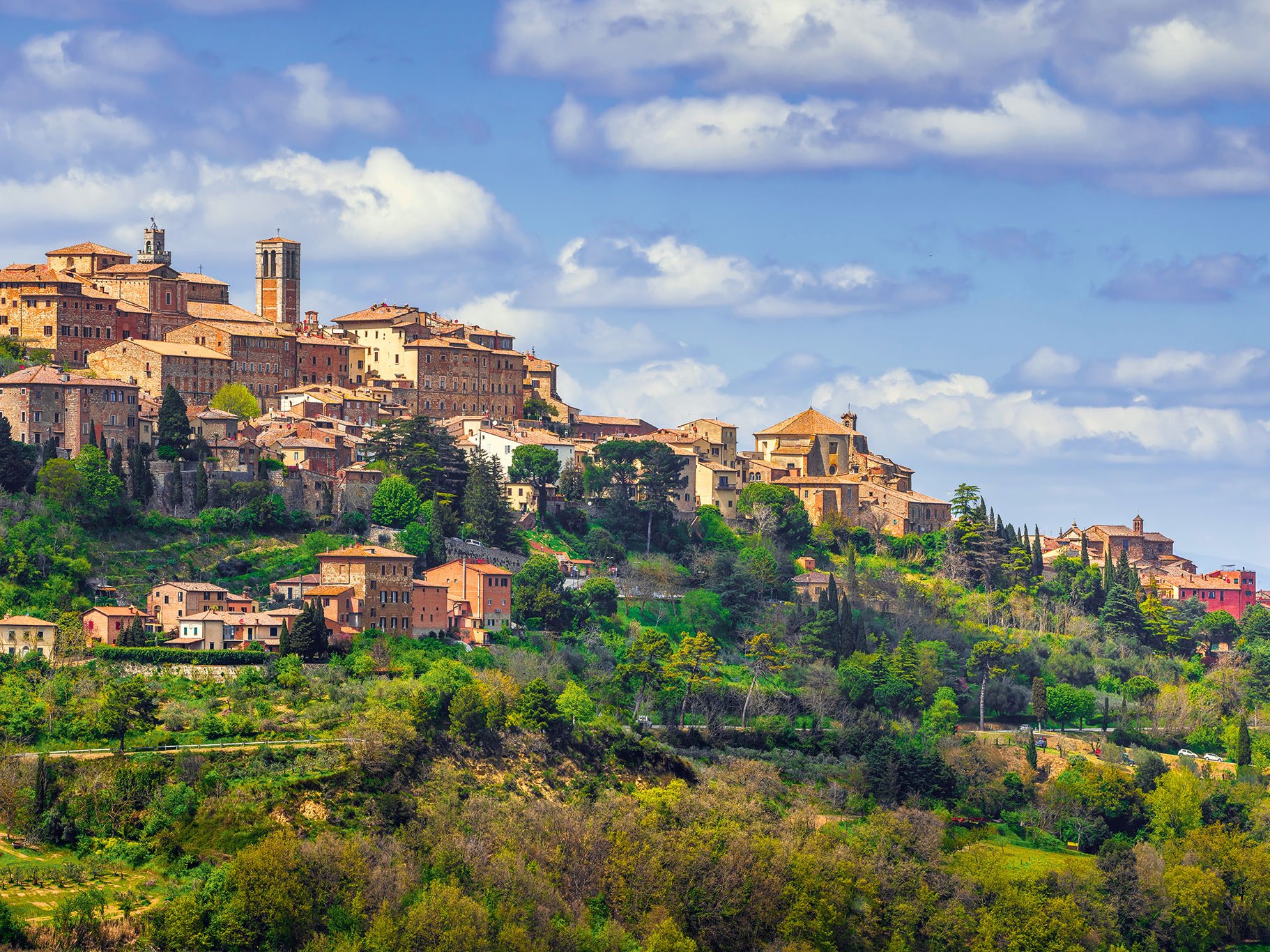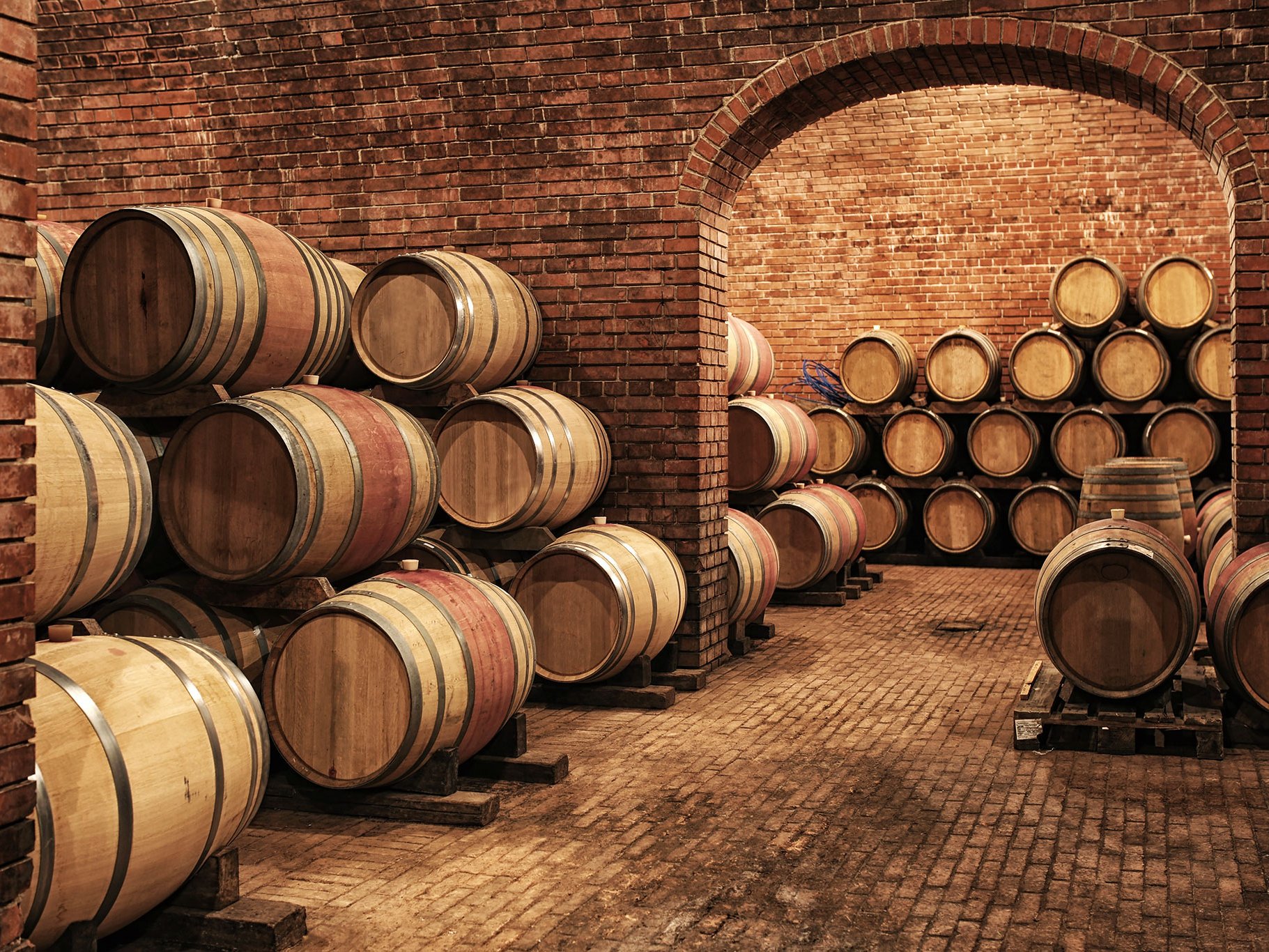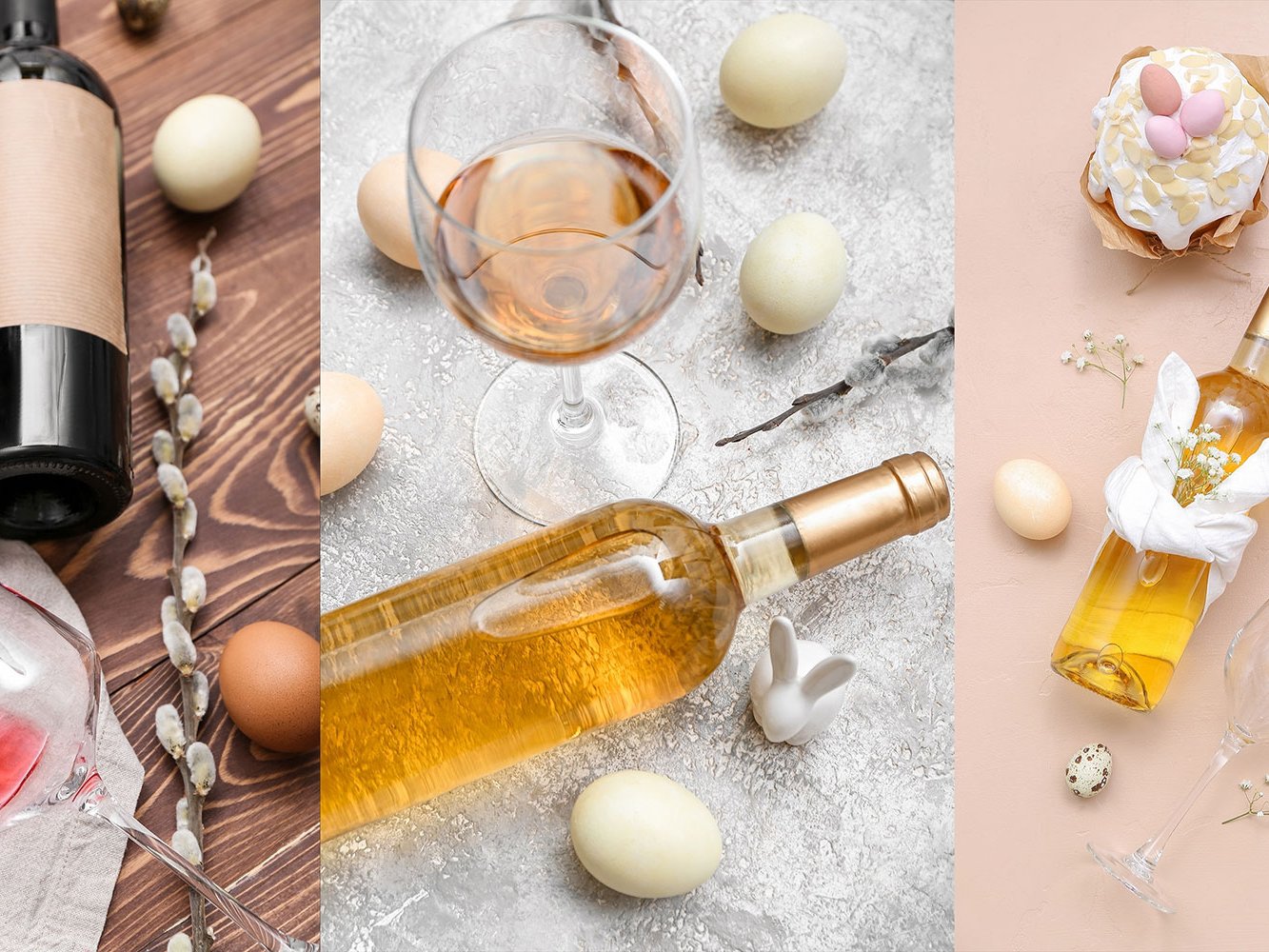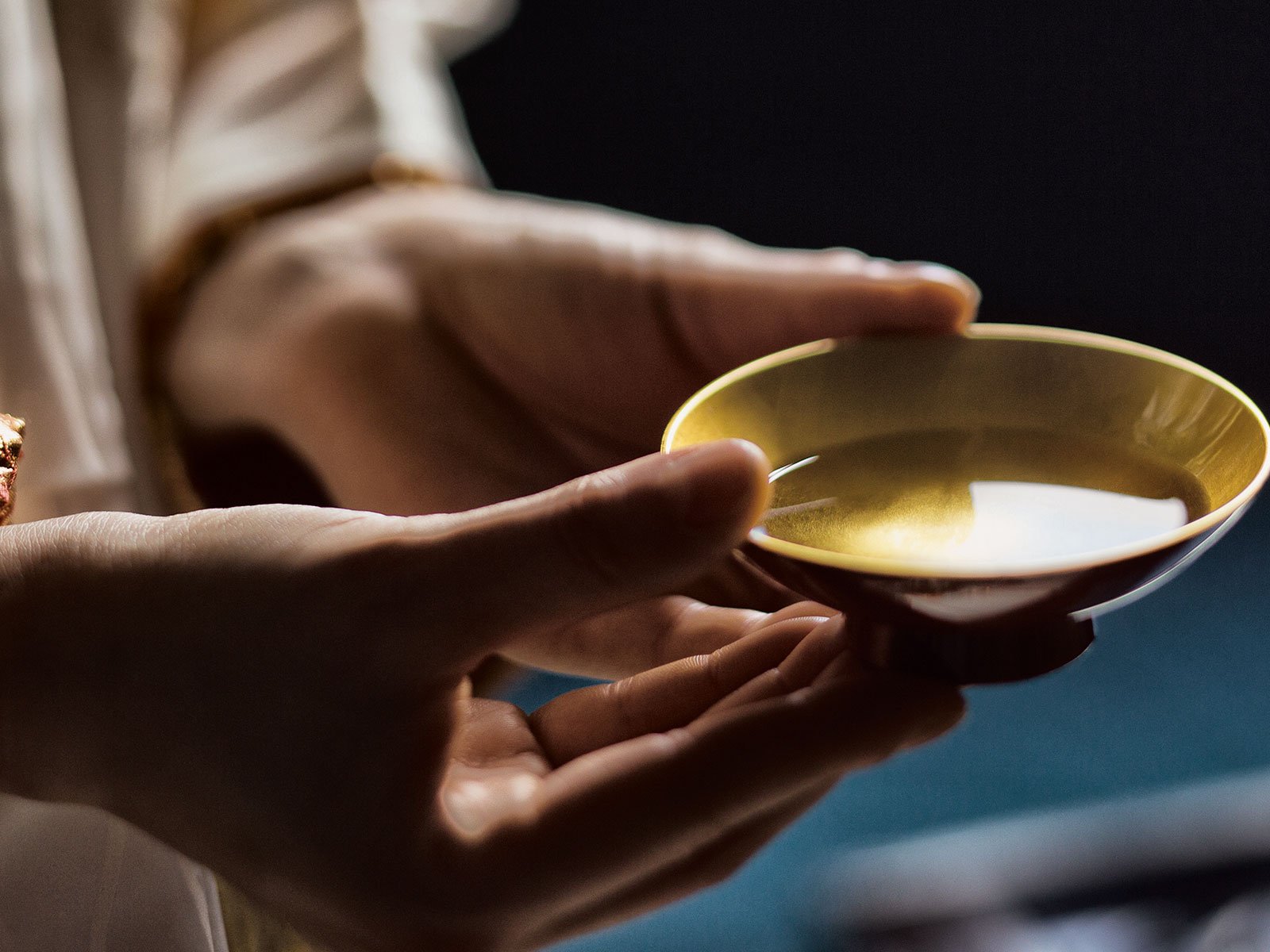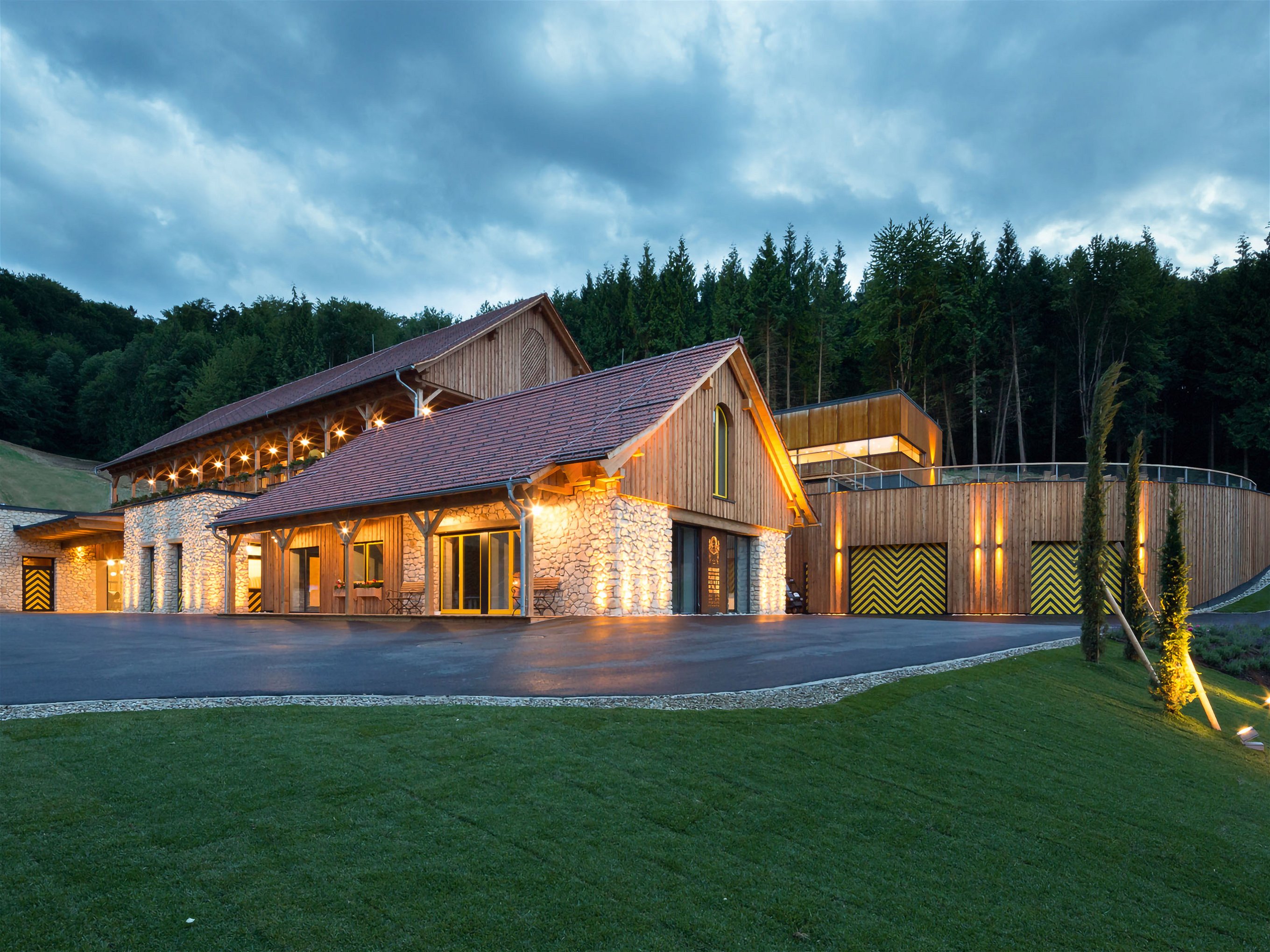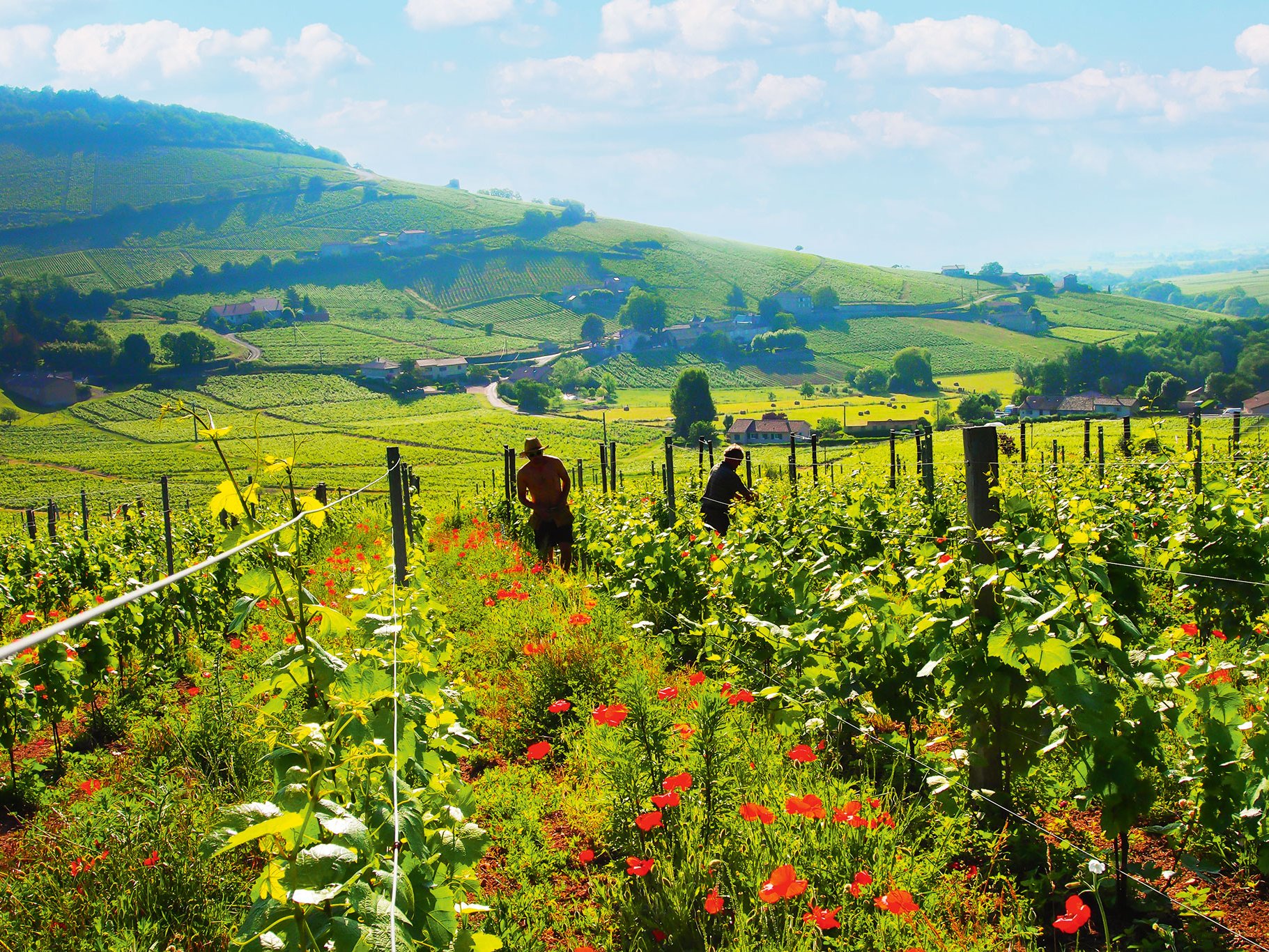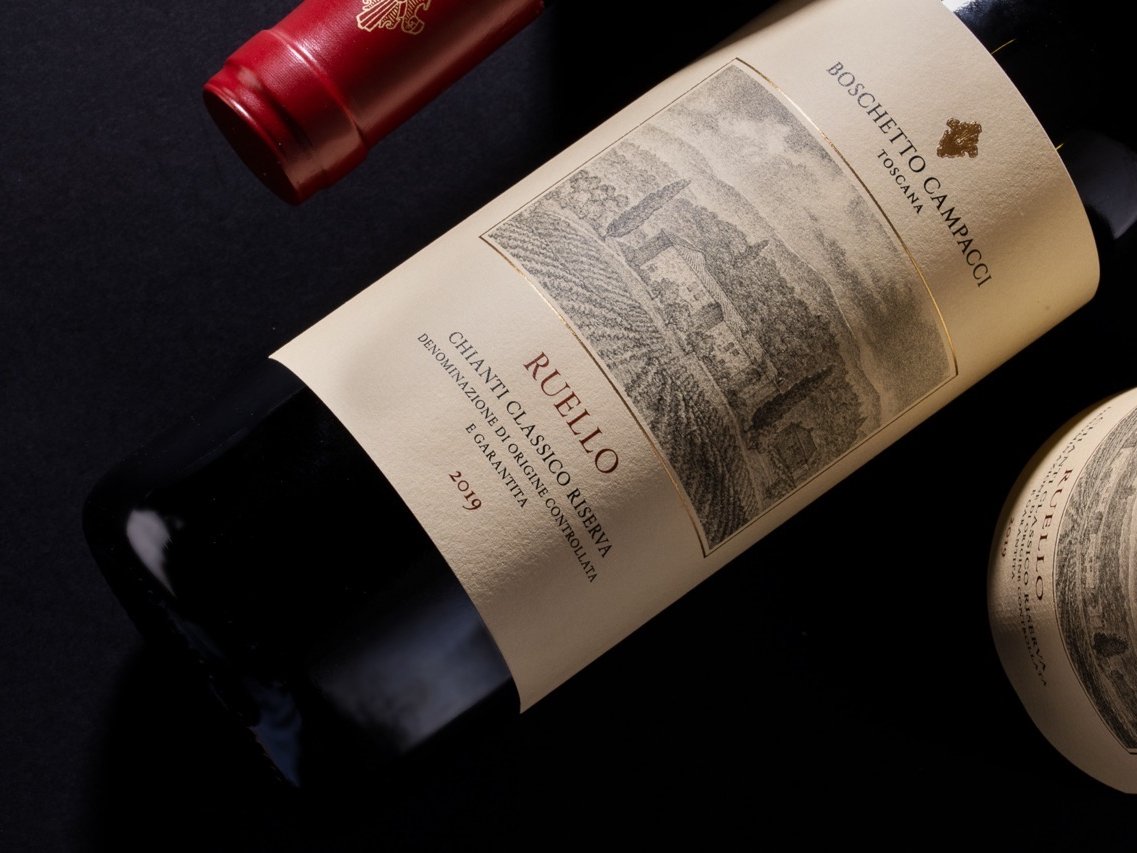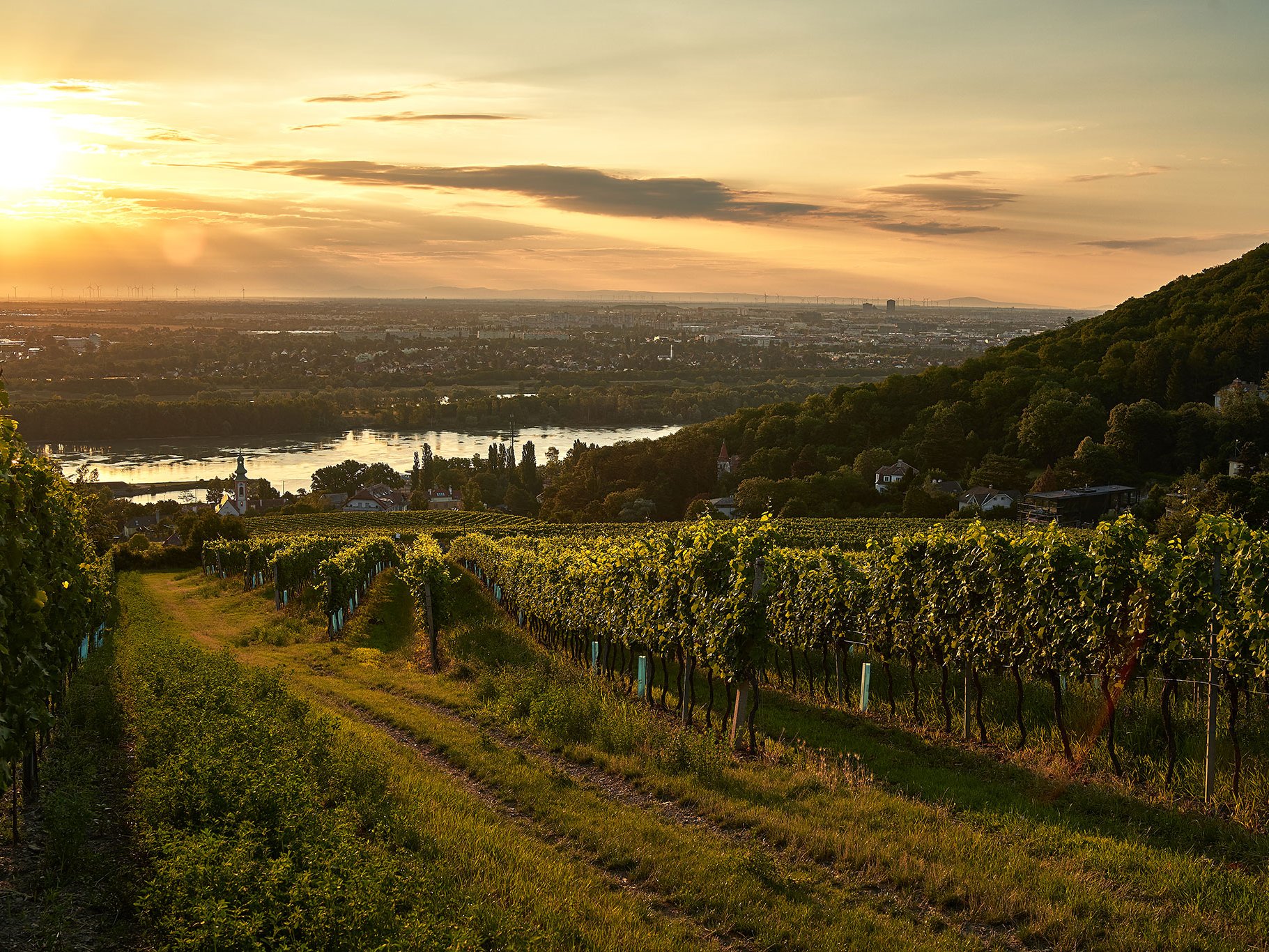Champagne Louis Roederer Revolutionises Its Multi-Vintage Offer
Champagne Louis Roederer unveils its new multi-vintage cuvée Collection 242.
Champagne Louis Roederer unveiled its latest cuvée Collection 242 which will replace the house’s non-vintage cuvée Brut Premier from September onwards. Based on a réserve perpetuelle and containing 44% of reserve wines, the wine revolutionises the idea of a multi-vintage blend. Cellar master Jean-Baptiste Lécaillon cited farming and climate change as the impetus for this paradigm shift.
The Non-Vintage Model
Champagne has long existed on the premise of the non-vintage blend, or, as it is known in the business, brut sans année – the very life blood of a region which struggled to ripen grapes for most of its history. Blending base wines from various vintages offered the possibility of evening out vintage variation, both in terms of quality and quantity. It also allowed the cellar masters to perpetuate a house style year after year.
This has become the accepted model and in 2020, 78.5% of all Champagne shipments were brut non-vintage, representing 64.9% of the total value of shipments. The accepted production model is to take most of the blend from the current vintage and augment and balance it with reserve wines from previous vintages.
Roederer’s own non-vintage blend, Brut Premier, was created in 1986, after the “nightmare decade” of the 1970s. Agrochemicals had their heyday, new clonal selections had increased yields and the Champenois struggled to ripen grapes. “We harvested high acid grapes in mid-October and Brut Premier was the idea to create a blending philosophy that would bring ripeness to unripe matter,” Lécaillon said. “We corrected it with mature reserve wines that would bring ripeness to these young, green wines and it worked very well. The dosage was at around 12g/l and the wine used for the dosage was mature, too. The creation of Brut Premier was the fight for ripeness: we had to create in the cellar whatever the grapes lacked.”
The Perpetual Reserve
Fast forward 30 years and things had changed considerably in Champagne, especially at Louis Roederer. Decisive steps towards more sustainable viticulture had been made and the climate was warmer. “That pushed us to rethink the blending and rethink the multi-vintage blend,” Lécaillon said. “Today, when you blend for multi-vintage, the fight is not for ripeness anymore but for freshness, so you have to reconsider all the tools. We believe in the constant adaptation of winemaking to the raw material you get.” It was the “fantastic” vintage 2002 that made Lécaillon think and change course.
In 2012 he started a perpetual reserve of half Pinot Noir, half Chardonnay and added equal amounts of this 50/50 mix in 2013, 2014, 2015 and 2016. With the 2017 harvest, the new multi-vintage cuvée that is Collection 242 was born: it is made up of 34% of this perpetual reserve, 10% of oak-aged reserve wines from 2009, 2011, 2013, 2014, 2015 and 2016 – which is a total of 44% of reserve wines. The remining 56% are made up of the 2017 vintage. Only 34% of the blend went through malolactic fermentation and the dosage sits at 8g/l.
The Revolution
Collection 242 denotes the 242nd harvest of the house since its foundation in 1776. Subsequent releases will be numbered accordingly and will be based on similarly high proportions of the perpetual reserve to which an equal portion of each new vintage has been and will be added.
This is what is “revolutionary” to Lécaillon: basing your brut sans année on a perpetual reserve turns the usual modus operandi on its head. The ‘house style’ is no longer the result of blending towards a certain goal but based on the ever-increasing complexity of the perpetual reserve.
Rather than choosing wines from the same plot every year to go into the perpetual reserve, Lécaillon chooses the base wines with the lowest pH level and greatest dry extract. The reserve does not go through malo-lactic fermentation and is stored in stainless steel with “very strict oxygen management.” So little oxygen is in the reserve that Lécaillon feels he has almost “stopped time.” [Oxygen ages wine so the near absence of it slows the maturation process down.] The reserve is thus a “reservoir of freshness.”
Multi-Vintage of the 21st Century
Each year, to make the successive Collection wines, Lécaillon uses the perpetual reserve as a base, and then adds the “most amazing wines in terms of intensity, freshness and identity” from the most recent vintage and rounds it all out with oak-aged reserve wines. “Each year will be different, but the core will be the réserve perpetuelle and oak reserve wines. Each new vintage will add a twist to each Champagne,” he says. “This is the end of the era of brut sans année, this is a new era, the multi-vintage of the 21st century.”
The idea of perpetual reserves is not new, in fact, a number of winemakers have made their names with wines based on such reserves, others rely on perpetual reserves as a constant to give their house style consistency. What is revolutionary is that a house of Roederer’s size shifts its entire approach so fundamentally.
The Verdict
Collection 242 clearly is a departure from Brut Premier – it has something edgier and spicier that sets it apart from the creamy serenity that is Roederer Brut Premier, one of the most reliable and elegant non-vintage cuvées around. As perpetual reserves go, Roederer’s is a mere baby with its 2012 inception. What is clear, though, is that Collection 242 is a prototype of what the Collection series is capable of becoming: with each new vintage added, the perpetual reserve will gain an extra layer of complexity, of saltiness, of dimension. It is already off to a good start.
Champagne Louis Roederer Collection 242 brut 12%
